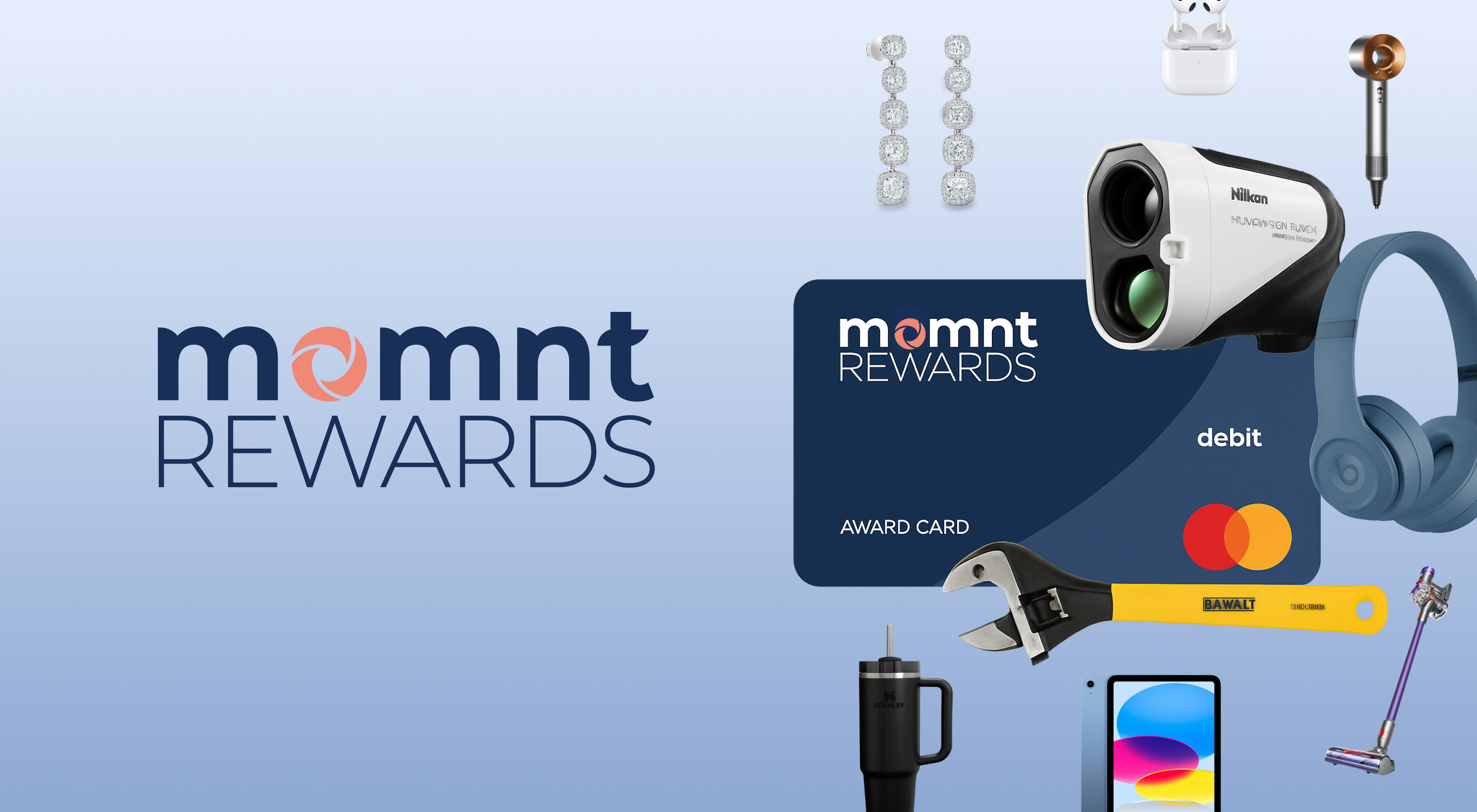ATLANTA, GA - Momnt, a leading fintech company, is excited to announce they’ve been named a Best Place to Work in Fintech by American Banker. American Banker’s Best Places to Work in Financial Technology is a research-driven program from Best Companies Group that examines a company’s practices, programs, and benefits and surveys employees for their perspective.
Momnt is a state-of-the-art financial services technology platform that revolutionizes how home improvement and healthcare industry merchants offer financing. Through Momnt's embedded lending solution, businesses can effortlessly provide customers with a diverse range of financing products, all delivered through a seamless and streamlined process. In a world where customer expectations are rapidly evolving, Momnt is at the forefront of innovation, empowering merchants to meet the range of financial needs of their customers.
"We are grateful and honored to receive this award from American Banker,” said Brian Lanehart, President and Co-Founder at Momnt. “Our journey began with two fundamental goals close to our hearts: bridging market gaps by providing accessible, inclusive financial services and creating a positive company culture where people can thrive. We have successfully achieved both of these objectives, and as we continue to grow and expand, our commitment remains unwavering in cultivating a supportive and enjoyable workplace."
Recently, Momnt was named to Inc. magazine’s annual Best Workplaces list for 2023, a Best Place to Work in Atlanta in 2023 by Built In, and a Best Company to Work for in 5 Perks & Benefits Categories by the VIBE Awards.
Momnt is always seeking talented individuals to join its growing team. You can find current job openings at momnt.com/careers and learn about their company culture in this video.
About American Banker
American Banker is the essential resource for senior executives in banking and financial services, keeping its users updated on vital developments and focusing sharply on their most important concerns — innovation, transformation, and disruption; technology, regulation, and reform. Financial industry professionals turn to American Banker, every day and throughout the day, to stay maximally informed — drilling down on complex issues, keeping up with breaking news, and downloading research and data.
About Momnt
Momnt powers modern lending solutions that enable businesses to provide low-friction financing to their customers at the moment they need it — all funded by trusted lending partners. Its API-based platform leverages alternative data sources and ML/AI-informed decisioning to present real-time loan offers fit to each individual borrower, all done within the banking industry’s current regulatory infrastructure. Visit momnt.com for more information.
Contacts: PR Contact Julianna Doychinov pr@momnt.com
Blog Tags







